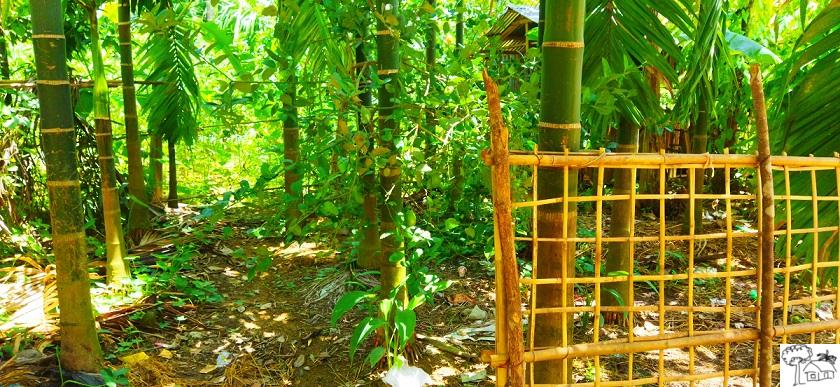Adaptation technologies need to be climate-smart and resilient for the sustainable livelihood of affected people. For the last ten years, lots of adaptation technologies are practicing in flood-prone areas but few technologies are sustained. The main flood-prone areas are Kurigram, Lalmonirhat, Sunamgonj, Sylhet, Nilphamari, Netrokona, and Sherpur districts of Bangladesh.
Useful adaptation technologies
01. Establishment of mixed fruit garden: Guava, Lemon, Kotbel, mango, Olive etc.
02. Responsive crop arrangement: Water-logged tolerant, Early variety or late variety cultivation
03. Dry seedbed for Boro rice: DAE can train farmers on dry seedbed.
04. Groundnut cultivation in Charland
05. Compost preparation ( Staked composting, Farm Yard Manure & Vermicompost)
06. Improving soil condition by using mixed compost & fertilizers
07. Homestead vegetable cultivation
08. Mixed crops cultivation
09. Intercrop cultivation
10. Relay crop cultivation
11. Hanging nursery establishment for seedling raising
12. Flood-tolerant uncommon crops such barley, Foxtail millet, cina etc. cultivation
13. Flood-tolerant rice variety cultivation such as BRRI dhan51, BRRI dhan52, BINA dhan-11, BINA dhan-12.
14. Dhaincha cultivation as a green manure: After boro rice
15. Grains-type Seed preservation
16. Maize Cultivation
17. Roadside social forestry or tree plantation
18. Use of Improved burner
19. Establishment of Biogas plant
20. Use of solar panels for power
21. Use of Climate-smart methods such as sack method, tower method, ring method, etc.
22. Improved hen and goat house
23. Cultivation of potato, maize, ground nut, and fast-growing vegetables for harvesting before the flood.
24. Cultivation of Khesari, Maskali, Maize, etc in fallow land after draining out of flood water.
25. Grass preservation by following the silage method
26. Raising the homestead and planting banana and bamboo trees
27. Pond embankment must be raised and protected with nets
28. Always repair river banks
29. Mahogoni, Raintree, etc trees should be planted on the roadside
30. Floating seedbed and vegetable cultivation
31. Cultivation of early variety and short duration rice such as BINA dhan-7, BRRI dhan28, BRRI dhan33, BRRI dhan39.
Recommendation & Conclusion
Finally, different national and international NGOs are working alongside the Department of Agriculture to promote and disseminate adaptation technologies among affected households. However, people are not regularly practicing the technologies to protect their farming activities. The main reason is the output that comes from these technologies is not well enough to fulfill their demand. Making the adaptation technologies sustainable needs more consideration and the adaption of climate-smart integrated farm management.



